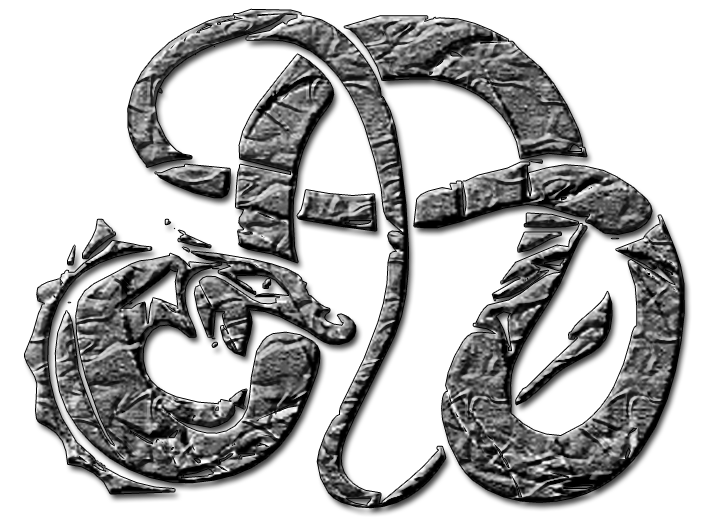Paid media and SEM (Search Engine Marketing) are both components of digital marketing strategies, but they serve different purposes and operate within distinct contexts:
Paid Media:
- Definition: Paid media refers to any digital marketing effort for which a company pays a fee to leverage a platform’s audience or visibility.
- Scope: Paid media encompasses various channels such as social media advertising, display advertising, influencer partnerships, sponsored content, and paid search advertising (which overlaps with SEM).
- Purpose: The primary objective of paid media is to increase brand visibility, reach target audiences, and drive specific actions or conversions. It allows marketers to target specific demographics or segments with tailored messaging.
- Examples: Facebook ads, Instagram sponsored posts, Google Ads, banner ads on websites, promoted tweets.
SEM (Search Engine Marketing):
- Definition: SEM specifically focuses on promoting websites by increasing their visibility in search engine results pages (SERPs) through paid advertising (PPC – Pay-Per-Click) and optimization strategies.
- Scope: SEM primarily involves paid search advertising through platforms like Google Ads (formerly Google AdWords), where advertisers bid on keywords relevant to their target audience. However, it also includes SEO (Search Engine Optimization), which aims to improve a website’s organic visibility in search engine results.
- Purpose: The main goal of SEM is to enhance a website’s visibility and attract relevant traffic by targeting users actively searching for specific keywords or phrases related to the business or offerings.
- Examples: Google Ads text ads displayed at the top of search results, shopping ads, sponsored listings on Bing, Yahoo, or other search engines.
Key Differences:
- Scope: Paid media covers a broader range of digital advertising channels beyond search engines, while SEM specifically focuses on search engine advertising.
- Focus: Paid media emphasizes brand visibility and audience reach across various online platforms, whereas SEM concentrates on increasing website visibility and driving traffic through search engines.
- Execution: Paid media campaigns involve various formats and platforms, including social media, display networks, and content partnerships, while SEM primarily revolves around paid search ads and search engine optimization strategies.
In summary, while both paid media and SEM involve paying for visibility online, paid media encompasses a wider array of digital advertising channels, whereas SEM is a subset of paid media that specifically targets search engine advertising and optimization.
